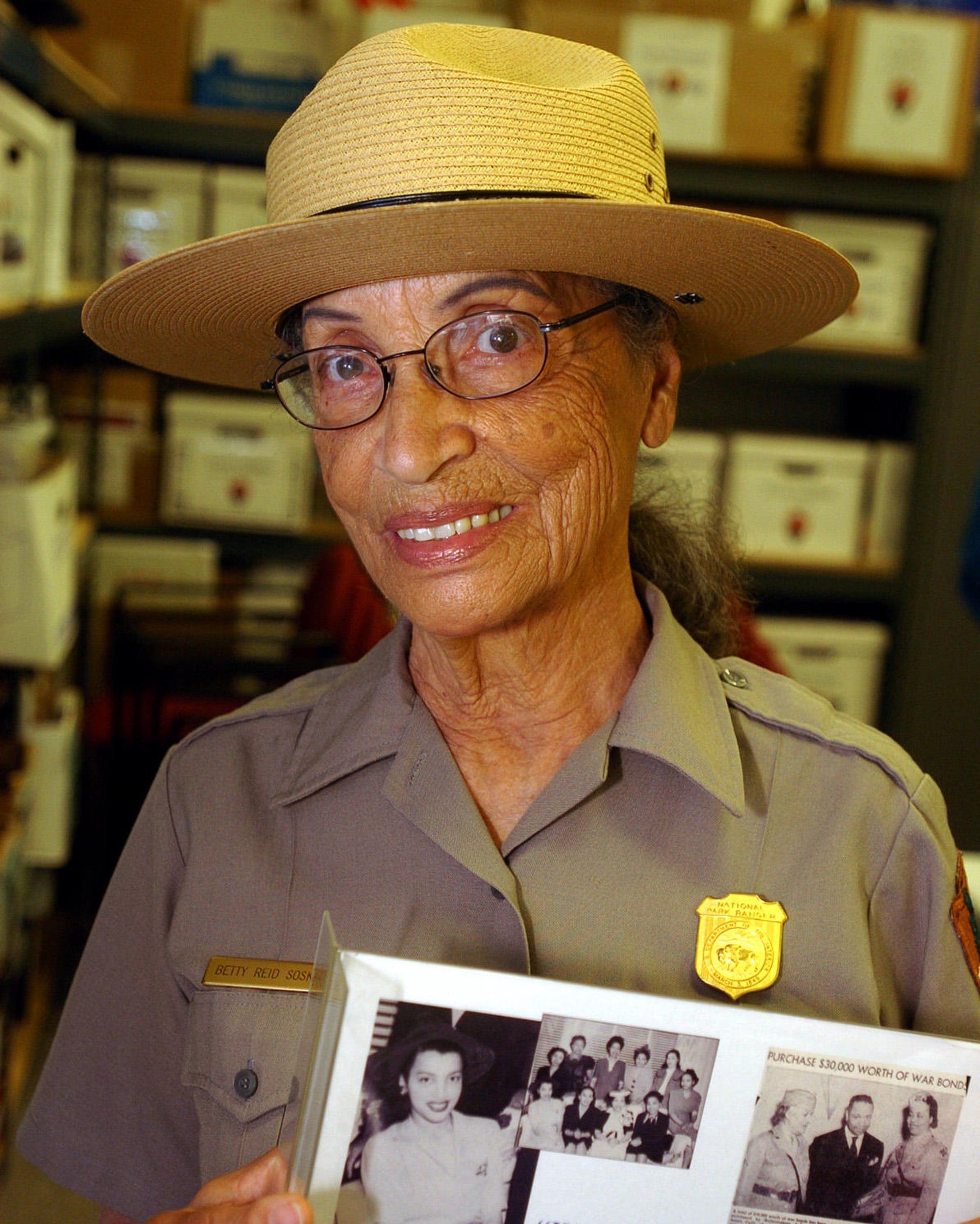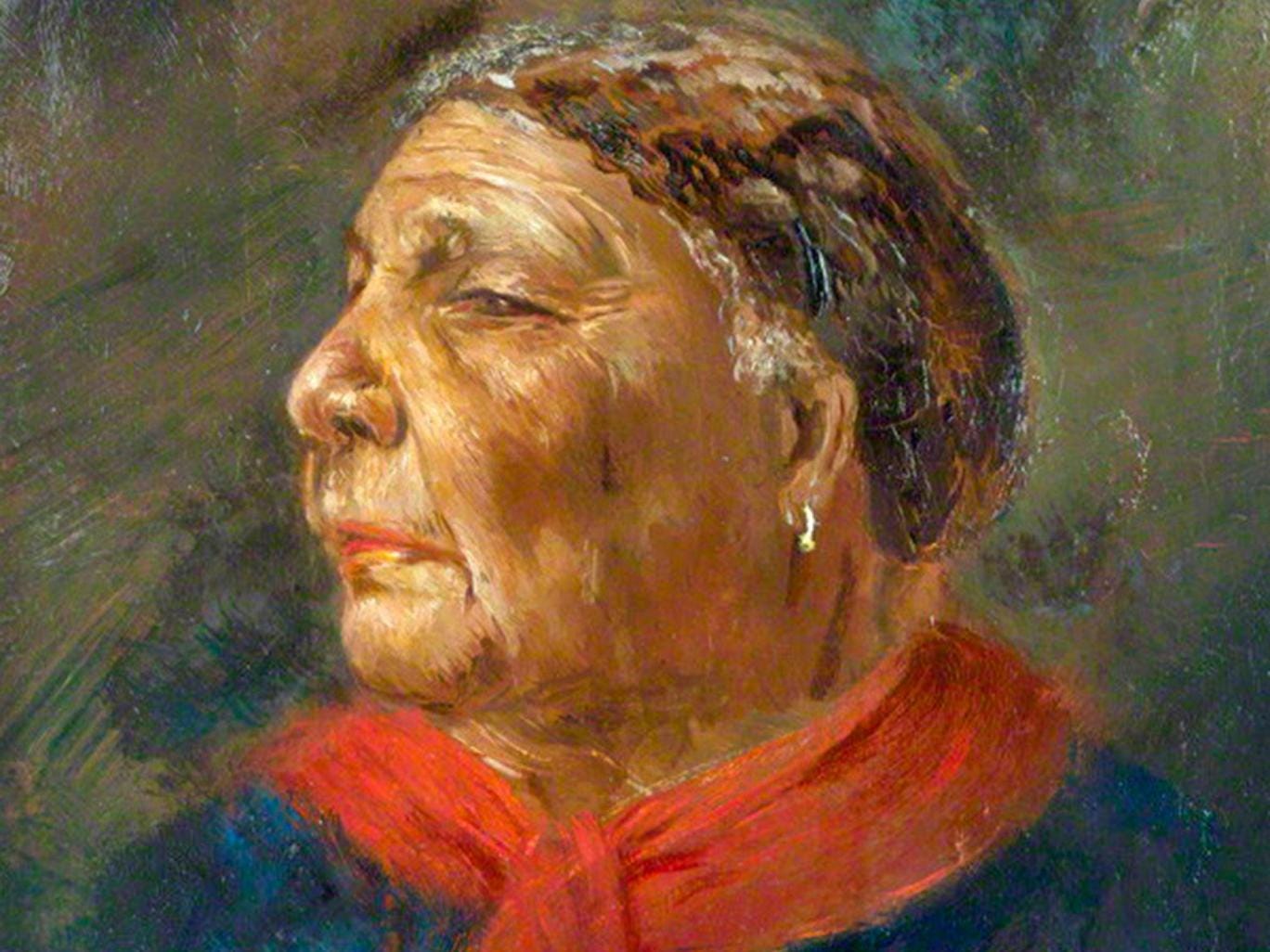Mary Seacole statue unveiled at London ceremonyPosted in Articles, Biography, Europe, History, Media Archive, United Kingdom, Women on 2016-07-03 19:07Z by Steven |
Mary Seacole statue unveiled at London ceremony
Nursing Standard
2016-07-01
More than 200 years after her birth and 12 years after a campaign started to recognise her achievements, a statue to nurse heroine Mary Seacole has been unveiled in London.
To applause and loud cheers the permanent memorial to Mrs Seacole was unveiled in the garden of St Thomas’ Hospital on the banks of the River Thames.
The Jamaican-born nurse set up the British Hotel near Balaclava to provide soldiers with food and care during the Crimean War…
…British Army
Mrs Seacole, who was born in 1805 and died in 1881, nursed victims of cholera outbreaks in Jamaica and Panama in the 1850s, cared for victims of a yellow fever epidemic in 1853, and supervised British Army nursing services in Jamaica.
She was named the greatest black Briton in a 2004 poll.
The Times’ Crimean War correspondent Sir William Howard Russell wrote the following words about Ms Seacole’s service during the conflict, which have been inscribed on a memorial disc at the back of the statue:
‘I trust that England will not forget one who nursed her sick, who sought out her wounded to aid and succour them, and who performed the last offices for some of her illustrious dead.’…
Read the entire article here.





